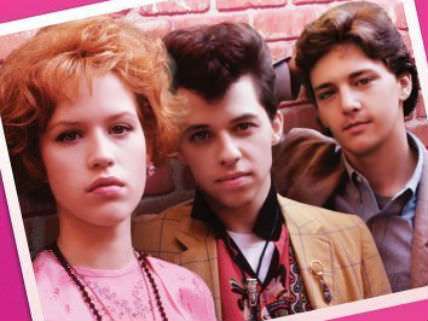That Molly Is the Shit—but Not in a Good Way

Last year in Playboy, Frank Owen skillfully dissected the Legend of the Causeway Cannibal, explaining how people around the world came to believe that the synthetic stimulants known as "bath salts" caused one man to eat another's face, even though it turned out that the assailant had not actually consumed any of those drugs. In a new Playboy article, Owen and his wife, Lera Gavin, go "Chasing Molly," searching high and low for some decent MDMA sold under its latest brand name. Spoiler alert: They fail. Although MDMA-as-molly (powder in a capsule) is reputedly better than MDMA-as-Ecstasy (a tablet), Owen reports, it is vastly inferior to MDMA-as-adam, the compound that excited the psychonautical chemist Alexander Shulgin and his psychotherapist friends back in the late 1970s, before it became known as a party drug, prompting the Drug Enforcement Administration to ban it in 1985. Some of the molly that Owen and Gavin buy in Miami Beach and New York does contain MDMA, but it's mixed with a bunch of other things that consumers probably are not expecting: synthetic cathinones (a common ingredient in those "bath salts" that supposedly turn people into flesh-eating zombies), methamphetamine, even the narcotic painkiller oxycodone. Often the stuff sold as molly contains no MDMA at all:
According to the Miami Police Department, methylone and mephedrone, along with another synthetic cathinone called 4-MEC, account for the vast bulk of the molly seized by narcotics cops in the area. A DEA spokesperson told me that in the first six months of 2013, the DEA's Miami field office seized 106 consignments of molly, which contained 43 different substances, 19 of them so obscure even government chemists couldn't identify them.
It looks like many people who report MDMA-like experiences of openness and connectedness after consuming molly are providing further evidence of the powerful impact that "set and setting" (expectations and environment) have on a drug's perceived effects. Yet this interesting experiment drug warriors have set up has a cost: not just disappointment but potentially deadly hazards for consumers who get something different from what they thought they were buying, as tends to happen in a black market.
Prohibition not only makes drugs more dangerous by creating a situation where people are swallowing iffy pills and snorting mystery powders; it blocks attempts to ameliorate those hazards. Owen and Gavin note that music festivals such as Electric Zoo, which this year was cut short after two drug-related deaths, "refuse to allow organizations such as Dance-Safe to test molly on-site because organizers fear they will be accused of condoning drug use." Such accusations can trigger serious legal consequences, including forfeiture and criminal prosecution.


Show Comments (64)